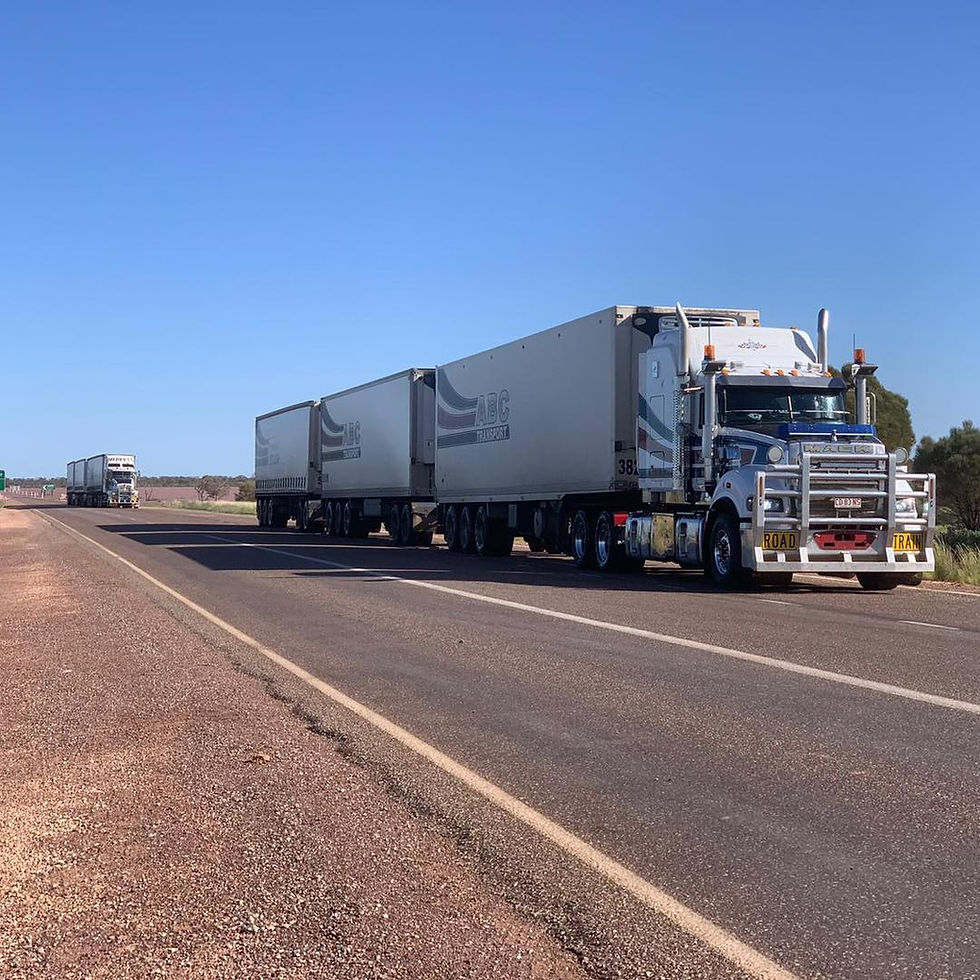Fire ants inquiry shines light on decades of failure
- Flow Australia
- Mar 4, 2024
- 3 min read
Australia's efforts to eradicate deadly fire ants have been savaged by former insiders and the woman who led a review that was buried.

Efforts to eradicate deadly fire ants are on a fast track to failure because of political self-interest, ignorance and a lack of cash, an inquiry has been told.
Federal senators have heard damning evidence about Australia's attempts to suppress and squash the superpest since it invaded Queensland 23 years ago.
Red imported fire ants have recently spread from a containment area in southeast Queensland into northern NSW.
And there are fears Australia could go the way of the United States and China where it's entrenched and costs billions of dollars each year in agricultural loses.
But farming sector impacts are just the tip of the iceberg, the inquiry was told on Monday.
If Australia loses the eradication battle, native ecosystems face being overrun, species could disappear, the health system will face a new burden from swarming bites becoming commonplace and electrical infrastructure will come under attack.
A parade of experts, former eradication program insiders and stakeholders have detailed a litany of failures that have plagued the eradiation.
Red imported fire ants could cause billions of dollars damage if they take hold, experts say.
Professor Helen Scott-Orr chaired a review of the national fire ant eradication plan.
In 2021 she submitted a report saying fire ants would not be eliminated without a radical and urgent change of approach, with $200 to $300 million needed every year for a decade.
But the report was buried for two years, leaving her "extremely frustrated".
On Monday Prof Scott-Orr said she had no idea who suppressed it, and did not know how many of her 27 recommendations had been actioned.
On whether eradication was still possible, she said: "I think the answer is probably no, in the current structure that we have".
Prof Scott-Orr said the agriculture-led response must be dumped, and engagement was needed at the prime ministerial level and among premiers to ensure the nation grasps what's at stake for all Australians.
Dr Pam Swepson was an original member of the eradiation program, which was set up after fire ants were first detected in Brisbane in February 2001.
She's closely followed the response ever since and says there's never been decent data on the extent of the infestation, calling the response a shambles.
"If you can't find them, you can't kill them," she told senators.
She said US experts were consulted at the time the ants were first found and formed a view the infestation was already a decade old, very dense and that eradication wasn't feasible.
A range of other experts pointed to a worrying lack of transparency.
Canegrowers said the eradication program was more than 20 years old and was reviewed every two years, but most of those reviews haven't been released.
"We're losing confidence in the investment and we're losing hope. And losing hope is a very bad thing," the group's environment and sustainability manager Mick Quirk said.
The Invasive Species Council said there were key documents it couldn't obtain and while much had been made of the recent spread into NSW, ants were also spreading north of Brisbane due to treatment gaps.
The council wants a short, sharp review to ensure funding that's currently on the table is enough.
About a $1 billion has spent or allocated since fire ants arrived.
That includes the recent announcement of $593 million in federal, state and territory cash over four years for a new response plan.
It's far less than what Prof Scott-Orr recommended.
But eradication program officers said there'd been efficiency gains after 20 years of fighting fire ants, and technology is also evolving.
Executive program director Ash Bacon told senators he believed it was still technically feasible to eradicate fire ants.
Other officials said there would be a "flurry" of publications about the program coming in the near future.
The inquiry continues.






Comments